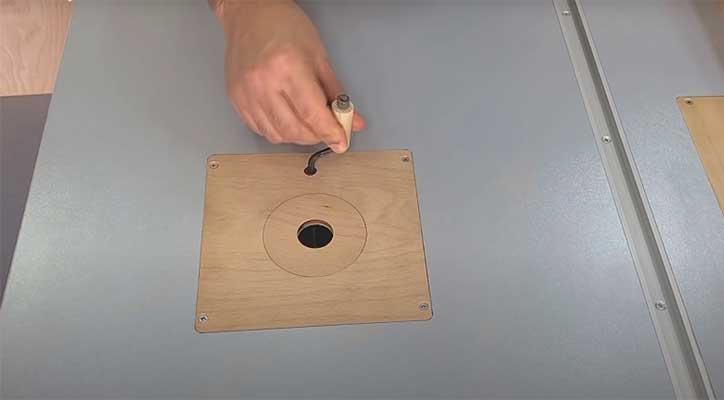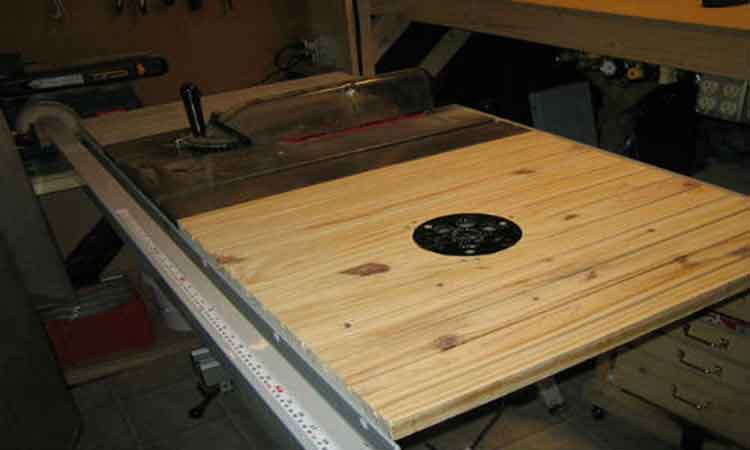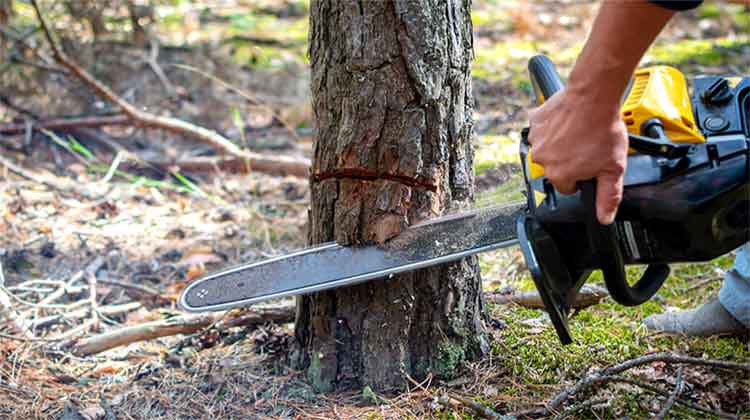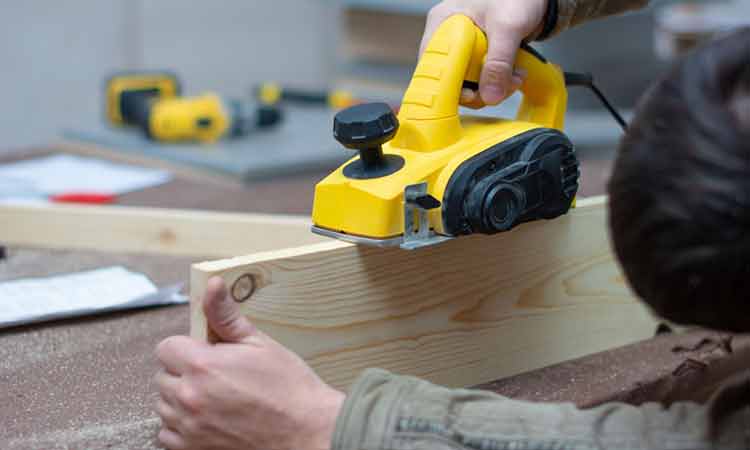If you’re new to woodwork or carpentry, this may be your first time to come across the term “rabbet” and may be wondering what it is. Well, You have come to the right place! In this article, you will learn more about what is rabbet, how it is made, and how it is used. So, please scroll down and keep reading!
Table of Contents
What Is Rabbet?
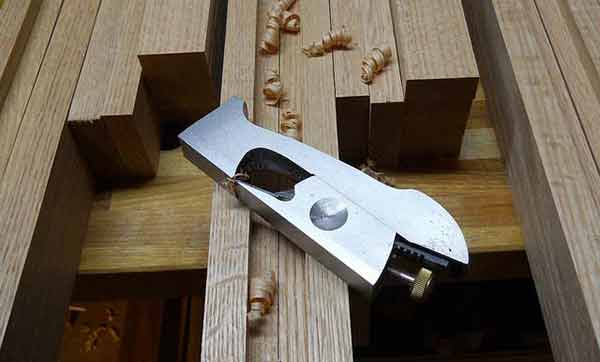
Simply put, a Rabbet is a rectangular hollowed-out space found at the end or edge of a Machinable workpiece such as a piece of wood. When viewed from the side, it has two sides and is open on the edge of the surface into which it has been cut. If you want to learn about Parawood, to browse this article.
Although the majority of commonly found as a combined in woodwork, it can also be a recess in a frame, a designing feature in a molding, or an attachment feature along the edges of a cupboard or cabinet door. Browse this article for all information about whitewood.
A rabbet allows you to attach or insert some putty, a glass pane, another piece of wood, or other materials into a board or block of wood. It is usually used for shiplap planking, constructing cabinets, or making jambs.
Rabbets, Dadoes, And Grooves
While these three are often confused for each other or used interchangeably, they differ in small yet important aspects. Here’s how:
- Rabbets are notches or recesses cut either across or with the wood grain on the open edge of aboard. It has two sides that are commonly 90º from each other.
- Dadoes are rectangular, or square slots cut across the wood grain.
- Grooves are the same with dadoes except they are cut along or with the grain.
To visualize their differences, please refer to the photo below.
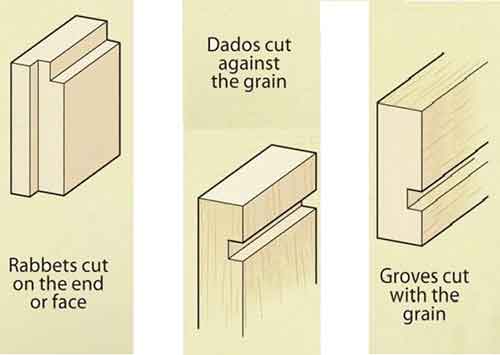
Types And Applications Of A Rabbet
There are many different types of rabbets depending on their dimensions and the purpose that they serve. So, following are these types and their uses:
Single Rabbet Joint
- When one of the parts to be joined is rabbeted with proportions matching the thickness of the mating board.
- It conceals the mating board’s end grain.
- Deeper joints conceal more of the end grain when the joint is assembled.
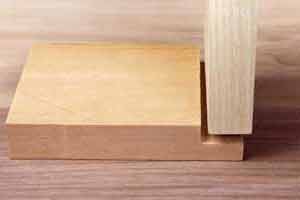
Double Rabbet Joint
- When both pieces are rabbeted, a double-rabbet joint is made. The rabbets don’t have to be perfectly the same but are usually so.
- These are often used in casework where the bottom and topsides meet the sides and where the assembled case meets the back.
- In drawers, these are used to attach the front piece to the sides.
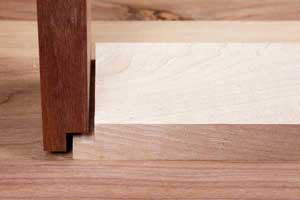
Rabbet-And-Dado Or A Rabbet-And-Groove Joint
- This type of joint is a nice rack-resistant joint where the tongue of the rabbet fits within a dado or a groove. However, it is easy to assemble since both mating boards are located positively.
- This works well for plywood casework and gives you very tight joints especially if you can customize the rabbet’s width. You cut the dado or groove first then cut a custom rabbet.
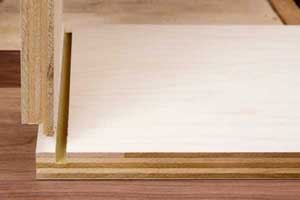
Mitered Rabbet Joint
- A mitered rabbet joint is a rarely used joint although it is very easy to cut using a router table.
- It is also not hard to assemble, appears very clean, and has an improved stress resistance compared to a plain miter.
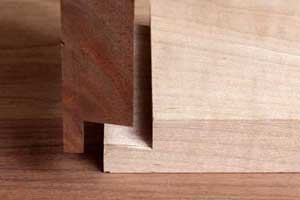
Dovetail Rabbet Joint
- Another less common rabbet joint is the dovetail rabbet joint which can be easily made by replacing a straight or rabbet bit of a router table with a dovetail bit.
- The result is a neat, perfect-fitting joint that resists racking more than the usual rabbet joint.
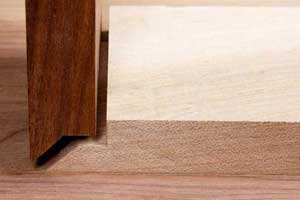
Shiplap Joint
- When two rabbets cut into the opposite edges of mating boards are overlapped with each other, a shiplap joint is made.
- It is used in natural wood panels and sidings. You can also see it used in old or antique cabinets and cupboards. This lets each board contract and expand due to temperature changes without forming gaps.
- Shiplap joints can be quickly cut because they don’t need to be too precise.
Half-lap Joint
- A half-lap joint can be made by nesting together rabbets cut across the ends of mating boards.
- This makes a face grain to face grain joint which is ideal for gluing for a strong and durable frame joint.
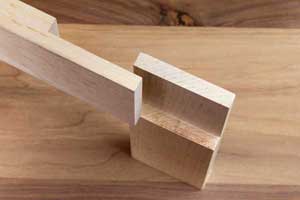
Different Ways To Make A Rabbet
There are different ways to cut a rabbet on wood depending on the desired cut quality, quantity, and type of rabbet. Here are the characteristics of each method:
1. Using A Table Saw With A Standard Blade
A rabbet can be made by cutting two passed of the stock using a combination or standard blade in a table saw. Make sure to properly set the blade’s height and the fence.
Place your workpiece facedown flat against the table to cut the depth and vertically against the fence for the width. This method works best when making only a few cuts.
2. Using A Table Saw With A Dado Set
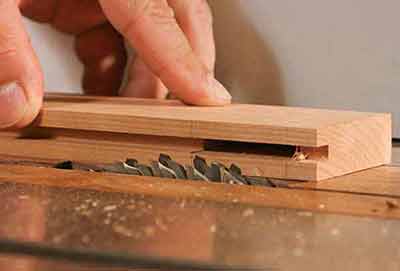
This next method gives clean rabbets in one or two passes. The main thing you need is a good quality dado set or a stacked dado set.
Usually, a ¾” sacrificial wooden strip is attached to the fence to avoid damaging the fence as you fine-tune and adjust for the desired rabbet width. This is also used to cut several workpieces.
3. Using A Router Table
A router table with a straight bit is another common tool used in cutting rabbets. For consistency of the cut, a feather board is usually used to hold the workpiece down.
This is more consistent than using a rabbeting bit and more convenient for making multiple cuts than a straightedge setup.
While it cannot be used to rabbet larger wood pieces, using a router table ensures a straight cut because it does not follow irregularities on the edge of the workpiece like a handheld router would.
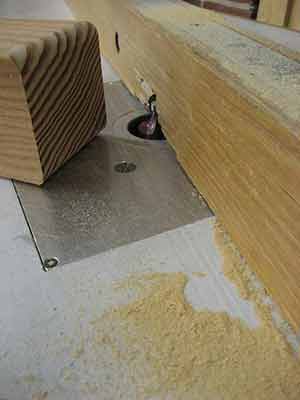
4. Using A Handheld Router
You have no other choice but to use a handheld router for all cuts inside a workpiece or on already assembled projects. In this method, you can use a piloted rabbeting bit or a rabbeting bit for a consistent width.
The depth can be adjusted by manipulating the router’s cutting depth while the width can be controlled by adjusting the bearings.
So, this method can also be used for curved edges. The only disadvantage is that router bits follow the edge of the workpiece, including bumps and dips along the edge, which show in the finished product.
5. Using A Jointer
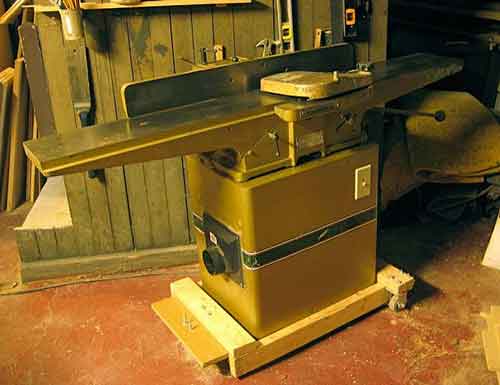
A jointer is best used to cut a smooth rabbet wider than 1” or as wide as the cutter head would allow along with a straight outer edge. The depth is limited to half an inch. This method requires an initial cut using a table saw.
The blade height is first set to match the desired rabbet depth and the distance between the outside of the blade and the fence to match the desired width.


